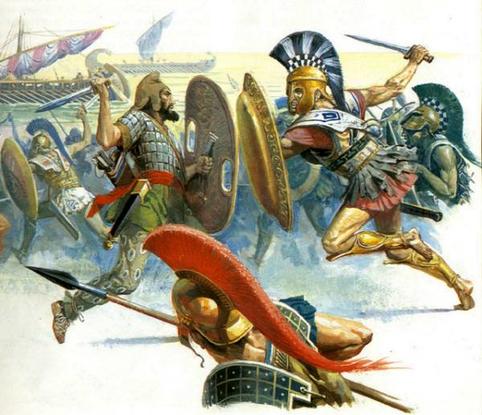Ionia was situated on the western coast of Asia Minor and the neighboring islands. The country was inhabited by Greeks around 1000 BC. Around 8th and 6th centuries the Ionian cities Miletus, Samos and Eoufes were flourishing Greek colonies which played a big role in ancient trade and culture.
In 550BC Lydia subjugated Ionia, and later in 546 BC Persia, under the reign of Cyrus the Great conquered the entire region. Ionians revolted against the Persians’ rule in 499 BC and their uprising continued for 6 long years.
Not only did the Ionian lose, but a great many people were enslaved, their economy collapsed and their once flourishing culture declined. The revolt was the beginning of the Greek-Persian wars.
The Ionian Revolt
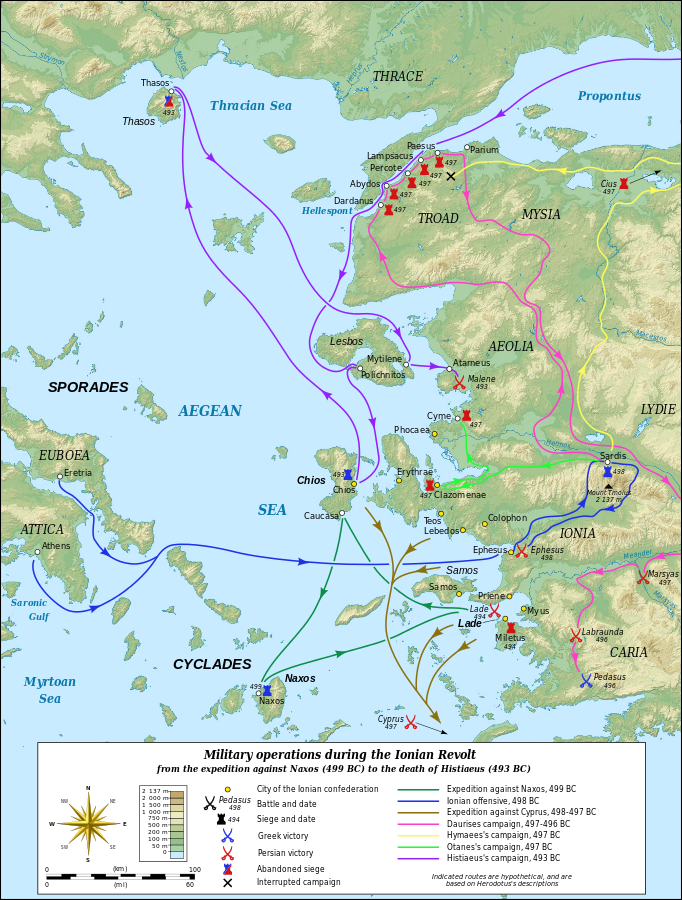
After the Persians conquered Ionia, the population of the trading country was forced to live under tyranny and constant difficulties with their trade due to the expansive policy of Persia. Furthermore, the Persians preferred the Phoenicians and thus ruined the trade operations of the Ionians. The first flame of the uprising was lit by Aristagoras who failed an operation against Naxos assigned to him by the Persians.
In 498BC Aristagoras, being a Persian puppet ruler of the Ionian city Miletus made a combined Persian-Ionian expedition in order to conquer the city of Naxos. The siege of Naxos continued for 3 months but failed. In the end, the Persian-Ionian forces had no choice but to return.
After losing the battle, Aristagoras was not eager to return and decided to evade the punishment by revolting. Understanding he is not powerful enough and Ionians will not be able to deal with the Persians alone, Aristagoras pleaded Continental Greece for help, but only Athena and Eretria answered to his call.
Persians did not expect the revolt of the Ionians, who with the help of Athena, managed to reach the city of Sardis and burn it, but however, did not manage to take control of the Persian citadel. Following the Greek forces to Ephesus, the Persians completely routed them.
The Persian used the confusion of the rebelling cities to equip and assemble their armies and retake what was theirs. In 497 BC a Phoenician navy together with a Persian one destroyed the Greeks near Cyprus. Expectedly the Persians without many difficulties once again had control over the island Cyprus.
The Persian general Daurises led his army to Caria and in the Battle of Marsyas the forces of Carians were assimilated by the great number of the Persians. The survivors ran to Laubraunda, where the forces of Milesia joined them, but again suffered a heavy defeat. Left with no choice and now even smaller in numbers Carians decided they would try and ambush the Persian forces on their route. At Pedasus, the Carians managed to annihilate the army of Daurises.
The Persian generals Otanes and Artaphernes led their fleet and attacked Ionia and Aeolia. Aristagoras, afraid of the outcome tucked his tail and left Miletus and the revolt. As a result, the heart of the revolt became unstable and the cities which participated in it began to disagree among themselves.
The Persian navy used the opportunity and made an agreement with the forces of Samos and they left the battle once it had started. The Lesbians followed them and also fled the battlefield. This major break in the line of the Ionians compelled many of them to also leave. In the end, all ships of Ionia fled the battle and thus Persia won. Soon after, a great number of the citizens of Miletus escaped from the city afraid of the aftermath. Those who stayed were forced to settle near Tigris by King Darius.
Hiastiaeus, Aristagoras’ uncle who managed to escape made one last attempt to oppose King Darius’ rule. The last remaining self-appointed leader of the resistance persuaded both Lesbians and Chians rejoin the cause. His army was, however, too hard for him to feed and the Persian cavalry under general Harpagus successfully destroyed it during a foraging expedition. The Persians quenched the last flames of the revolt and once again had subdued Lesbos, Chios, Tenedos and all remaining Ionian cities. They hunted down every last rebel and returned Asia Minor under Persian rule.
The beginning of the aftermath
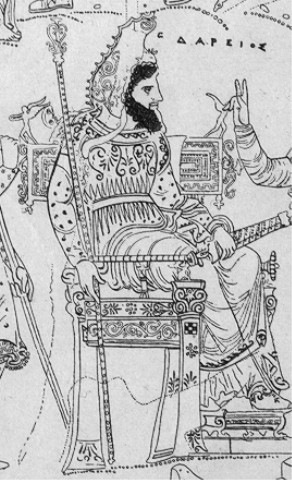
The Persian King Darius I The Great was infuriated Athena dared to help the Ionians with their revolt and even managed to take control over Sardis for a short period. As a revenge, he decided to begin his European expansion and to solidify the western border of Persia. There were two routes for invasion. He could either choose to move on water or earth. In 492, Darius sent the first navy under the command of his military general Mardonius, yet the navy unfortunately sunk in the Aegean Sea near the Athos peninsula due to a storm.
In 491, Darius sent his envoys to the lands of Hellas demanding the unconditional submission (or water and soil) of the Greek cities and most of them accepted. Only Athenians and Spartans did not and chose to kill the envoys instead. The Athenians threw the messengers off the Acropolis and the Spartans threw them in a well. After all, if the Persians want soil and water so much the well has enough of both.
Then in 490 BC Darius sent two of his best generals Datius and Artaphernes with large armies to punish the Athenians and Eretrians for aiding the Ionian revolt. In the late August and the beginning of September, Persian ships carrying infantry and cavalry went straight to the islands in order to avoid the waters near Athos. They conquered the Island of Euboea and a few days later reached Marathon.
The Battle of Marathon
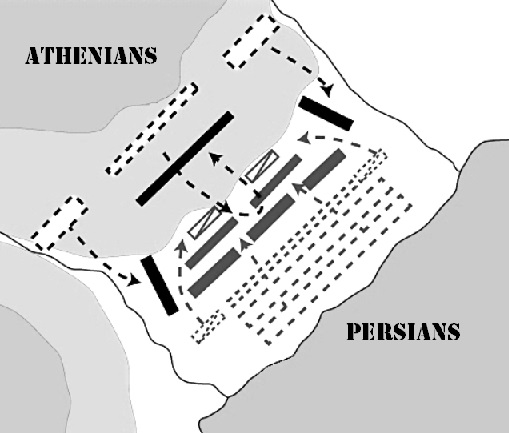
The Athenians asked Sparta for help, but the Spartans said something about the moon being full and they were unwilling to fight beyond the borders of Peloponnese in such unfortunate conditions. The Athenians, however, were nicely surprised by the joining of the entire Plataians army. Plataians forces, together with Athenians waited for the Persians in the valley Vrana. Their general Miltiades divided the army into 3 separate divisions, two strong wings, and a smaller center. The Persians, on the other hand, took a defensive position with their cavalry and infantry and waited for the Athenians to strike, so they can bury them under a sky of arrows. The Greeks, who preferred offensive tactics, had an army of hoplites in phalanx formation.
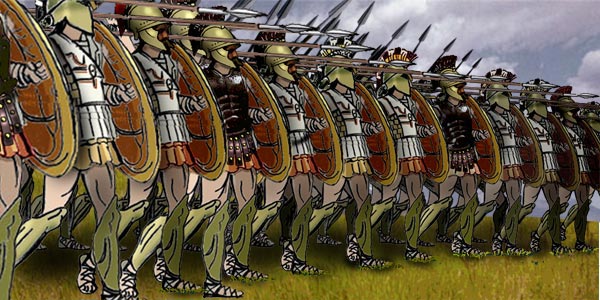
In the light of dawn, Miltiades sounded the attack. The Persians were amazed someone could run so fast and fight at the same time. They decided to go for the weak center of the Greek army. Miltiades counted the Persians will do exactly this and the Greek wings came over the Persians flanks while the center of the Greek army stood. The Persian lines got split and they had no other options but to flee the battlefield. The Athenians kept attacking the Persian while they tried to escape. When the battle reached the coast the Greeks successfully captured 7 of the Persian ships before the Persians finally escaped. The Greek general sent one of his men to Athena to deliver the message of victory. The young Phaedippides ran the distance of 25 miles from Marathon to Athena just to say “We won!” and died of exhaustion. For this reason, the Marathon run discipline is included in the Olympics.
The next 10 years Persia had inner conflicts that stopped Darius from further actions, but this was not the end. In 481 the son of Darius, Xerxes said Hellas will submit to Persian rule and gathered the biggest army the ancient world had ever seen. A horde of 150 000 men and 600 ships navy. The Ionian Revolt marked the beginning of the First Greek-Persian War and thus the following attacks of Persia in their try to conquer Greek lands.
